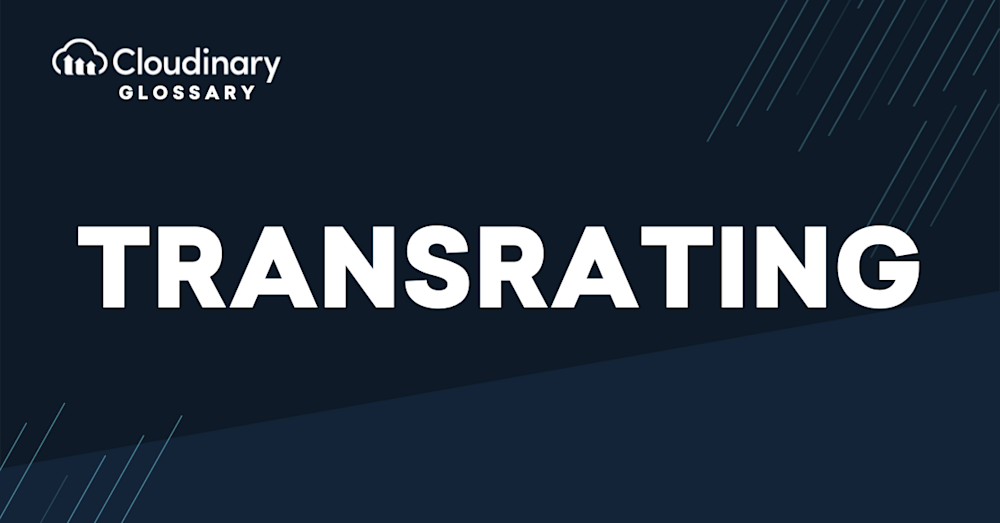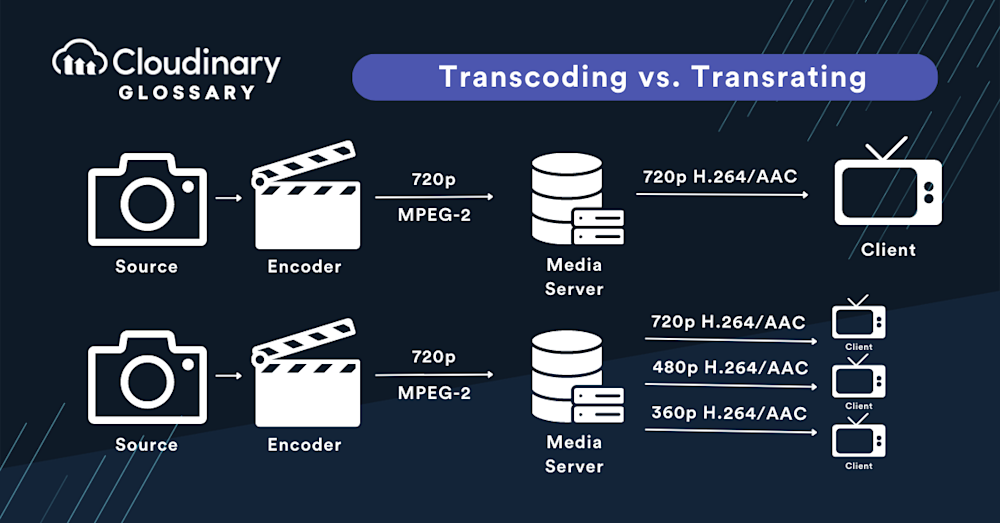What is Transrating?
Transrating is a video processing technique used to optimize the delivery of video content across various devices and network conditions. This process involves adjusting the bitrate of a video stream in real-time, ensuring that the video quality is maintained while minimizing buffering and reducing the amount of data consumed. By dynamically adapting the video bitrate, transrating allows for a seamless and uninterrupted viewing experience, regardless of the viewer’s device or internet connection speed.
In essence, transrating works by analyzing the video content and available network bandwidth, then compressing the video stream to a more suitable bitrate for the viewer’s circumstances. This adaptive approach enables content providers to deliver high-quality video experiences to a wide range of users, from those with fast connections and robust devices to those with limited bandwidth or lower-end devices.
How Is Transrating Different from Transcoding?
While transrating and transcoding are video processing techniques that optimize video content delivery, they serve distinct purposes and operate differently. Transcoding involves converting a video file from one format or codec to another, often to make it compatible with various devices or to compress the file size. Depending on the target device or platform requirements, this process may involve altering the video’s resolution, frame rate, or audio format.
On the other hand, transrating focuses specifically on adjusting the bitrate of a video stream without changing its format or codec. This technique is primarily used to adapt the video quality based on the viewer’s network conditions and device capabilities. By dynamically modifying the bitrate, transrating ensures a smooth and uninterrupted viewing experience, even when network bandwidth is limited or fluctuating. Both techniques can deliver an optimal video streaming experience across various devices and network conditions.
Benefits of Transrating
Transrating offers numerous advantages for content providers and viewers alike, ensuring that video content is delivered efficiently and effectively across various devices and network conditions. Key benefits of transrating include:
- Improved user experience. By adapting the video quality based on the viewer’s connection speed and device capabilities, transrating minimizes buffering and provides a smooth, uninterrupted viewing experience.
- Reduced bandwidth consumption. By optimizing the video bitrate, transrating helps conserve valuable network resources and reduces data usage for viewers, especially those on limited or metered connections.
- Increased accessibility. Transrating enables content providers to reach a wider audience, accommodating users with varying network conditions and device capabilities.
- Cost savings. By optimizing video delivery, transrating can help content providers save on video bandwidth and storage costs, ultimately improving the overall efficiency of their video streaming infrastructure.
The Wrap-Up
By dynamically adapting the bitrate of video streams, transrating ensures that viewers enjoy a seamless and uninterrupted viewing experience, regardless of their internet connection or device capabilities. As video consumption continues to grow and users demand more accessible and reliable content, the importance of transrating cannot be overstated.
With the implementation of transrating in their video delivery infrastructure, content providers can enhance the user experience, optimize bandwidth usage, and reduce costs. Embrace the power of transrating and elevate your video streaming offerings to meet the evolving demands of today’s digital landscape.


